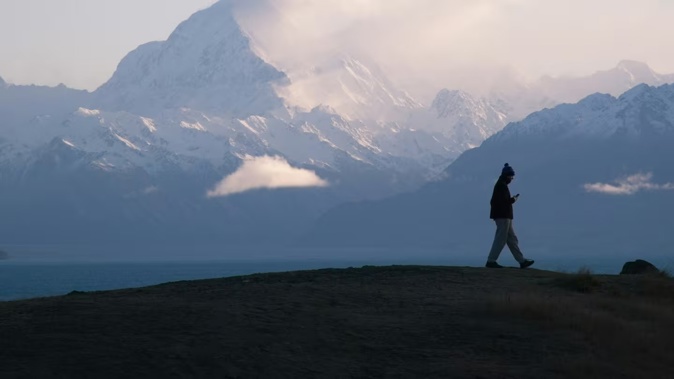
The search is on for the voice of New Zealand’s outdoors to help shape the future of safety in the bush.
Despite huge uptakes in outdoor activities since the pandemic incident rates remain stubbornly high, with one in 203,700 trails ending in disaster.
That’s why the NZ Mountain Safety Council (MSC) is looking to hear from experienced bush men and women of Aotearoa, as well as weekend trampers to help shape future safety issues.
They want to hear about lessons learned in New Zealand’s great outdoors, including those gained the hard way.
The series of surveys will be the first of its kind since the MSC’s founding 59 years ago, asking respondents monthly questions about their relation with the outdoors.
“We’re looking forward to having new and valuable insights into how people actually plan, prepare, and adventure in the outdoors,” says chief executive Mike Daisley.
If you spend your free time hiking or hunting, tramping and camping in New Zealand, the council is asking for volunteers to sign up for the series of short surveys. In exchange they are offering a chance to develop safety resources for those heading outdoors and entry into a monthly prize draw.
“We’re looking for people from all walks of life, across all types of land-based outdoor recreation, to give us honest insights about what they do when heading off on adventures, big or small,” says Daisley.
As the publisher of the national avalanche forecasts, previous insights published by the MSC have included mountaineering incidents and tramping accidents.
For details visit adventurevoice.nz

The Mountain Safety Council is calling on all trampers for their Adventure Voice surveys.
Where Kiwis go to plan a trip outdoors
Most New Zealanders either plan a hike months in advance or very last minute with little in between.
In a 2022 survey of almost 2000 trampers - 33 per cent of respondents say they will have a trail in their head for more than three months before tackling it, while a quarter will leave planning until the day before - just turning up and seeing what looks good.
Of those planners around 70 per cent turn to online resources to choose a walk - with 94 per cent visiting the doc.govt.nz website and 79 per cent using MetService weather forecasts.
Of the group female respondents living in New Zealand were more likely describe themselves as “off the shelf” planners with 69 per cent following a ready-made itinerary, while 52 per cent of men described themselves as “independent planners”, cobbling together a plan from Topo Maps and “gut feelings”.
Surprisingly, just 51 per cent of overseas tourists described themselves as “off the shelf” planners - with many planning their own routes from other sources.
Almost three per cent of respondents admitted to winging it and having “no plan at all”.
The current risk to trampers
Since the pandemic the number of Kiwis going on a walk in a national park at least once a year has increased from 25 per cent to almost 28.5 in 2023.
That’s around 1.1 million trampers according to MSC data.
The national incident rate for walkers in New Zealand national parks has also crept slightly upwards from 5.3 fatalities per year in the 10 year average to 5.4 fatalities a year in a five-year average.
That’s 1 in 203,700 trails ending in disaster.
While incidents in all other activities monitored by the MSC were trending downwards - including hunting and mountaineering - tramping fatalities remained stable at an average of around five and a half incidents per year.
It is hoped that the new Adventure Voice survey will help shed more light on this and the decision made by Kiwis visiting the great outdoors.
Take your Radio, Podcasts and Music with you








